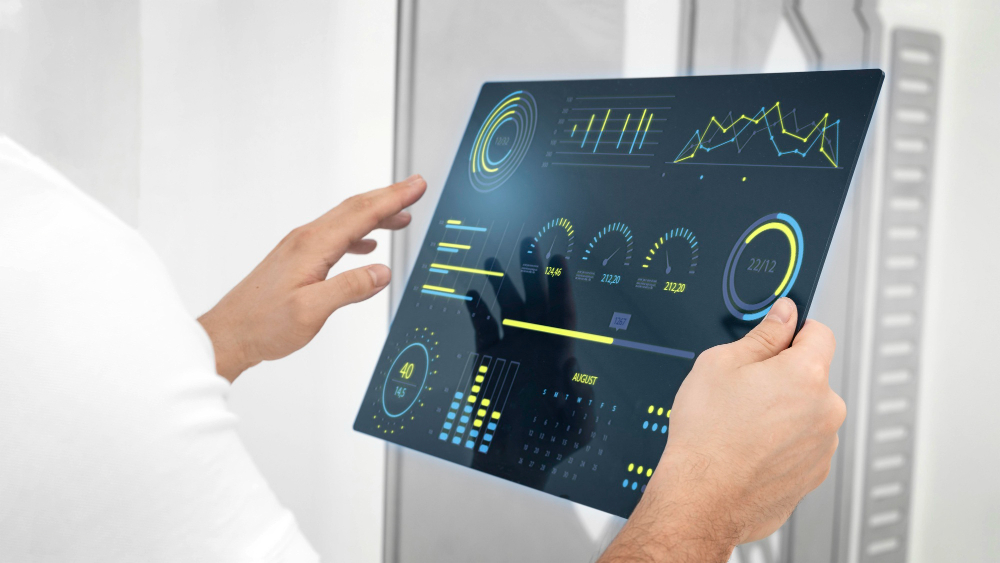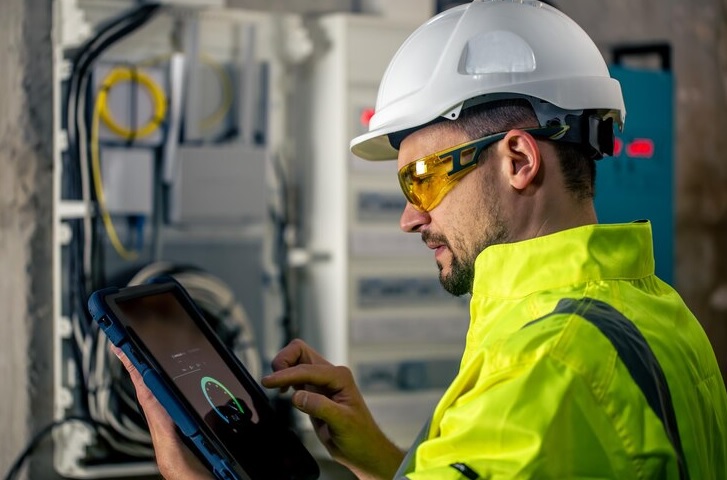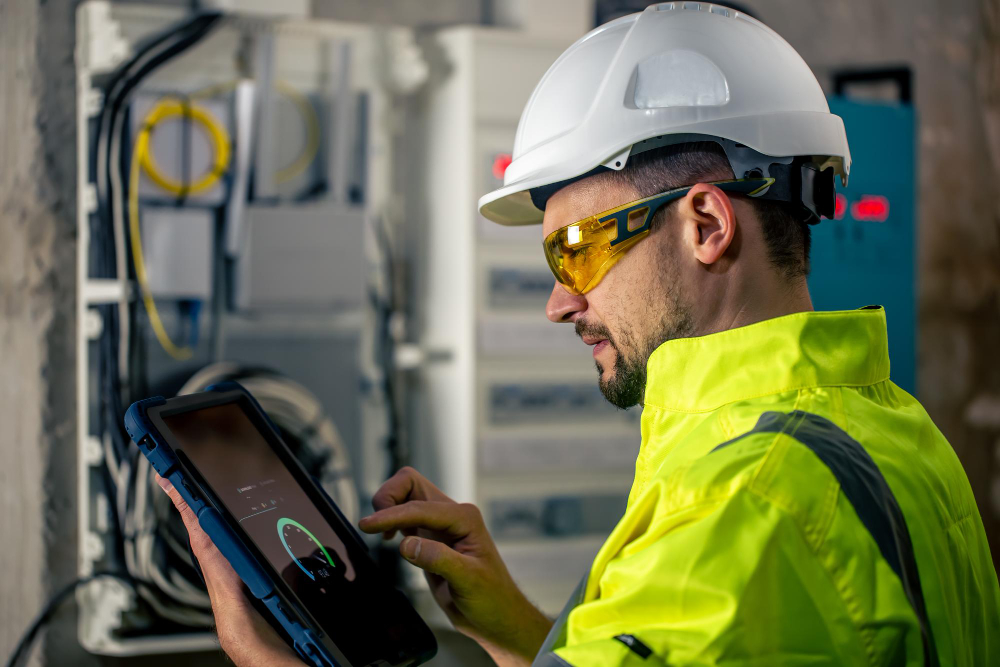In today’s fast-paced industrial world, predictive maintenance is the key to preventing unexpected downtime and costly equipment failures. One of the most effective ways to achieve this is through sensors condition monitoring. This technology has transformed how industries maintain machinery, making operations more efficient, safer, and reliable.
What is Sensors Condition Monitoring?
Sensors condition monitoring is a method used to continuously track the health and performance of machines using various types of sensors. These sensors are strategically installed on equipment to measure parameters such as temperature, vibration, pressure, and humidity. By analyzing this data in real-time, maintenance teams can detect early signs of wear, misalignment, imbalance, or component failure—long before a serious breakdown occurs.
This proactive approach allows industries to schedule maintenance activities based on actual machine condition rather than on fixed time intervals. As a result, it reduces unnecessary downtime, lowers maintenance costs, and extends equipment lifespan.
Why is Sensors Condition Monitoring Important?
The traditional “run to failure” maintenance model is not only outdated but can also be risky and expensive. In contrast, sensors condition monitoring provides several advantages:
- Early Detection of Faults: By constantly monitoring equipment, sensors can detect irregular patterns or changes in performance, allowing engineers to address issues early.
- Cost Savings: Preventing unplanned downtime and major repairs significantly reduces operational costs.
- Improved Safety: Sensors alert teams to hazardous conditions like overheating or pressure spikes, helping to prevent accidents.
- Data-Driven Decisions: The insights gained from monitoring systems help managers make better decisions regarding equipment upgrades, repairs, or replacements.
Common Types of Sensors Used
Various sensors are used in condition monitoring depending on the machinery and parameters being tracked:
- Vibration Sensors: Used primarily in rotating equipment such as motors and pumps to detect imbalance, misalignment, and bearing faults.
- Temperature Sensors: Monitor overheating in electrical components or mechanical systems.
- Pressure Sensors: Useful in hydraulic and pneumatic systems to ensure pressure levels remain within safe limits.
- Humidity Sensors: Protect sensitive components from moisture-related damage.
- Acoustic Sensors: Capture high-frequency sounds that may indicate problems like cavitation or loose parts.
Applications Across Industries
Sensors condition monitoring is used across a wide range of industries, including manufacturing, oil and gas, automotive, aerospace, and power generation. For example:
- In manufacturing, it helps ensure that conveyor belts, motors, and production lines run smoothly.
- In the oil and gas sector, sensors monitor pumps, compressors, and pipelines to prevent leaks or explosions.
- In the wind energy industry, sensors are installed on turbines to detect vibrations or temperature changes in the gearbox and bearings.
Embracing the Future of Smart Maintenance
As industries move toward automation and digitalization, sensors condition monitoring is becoming an integral part of the Industrial Internet of Things (IIoT). With cloud-based platforms and AI-driven analytics, sensor data can now be processed instantly, providing real-time dashboards, predictive alerts, and historical insights.
These innovations help businesses not just react to problems but anticipate them—making operations more efficient and competitive.
Final Thoughts
Implementing sensors condition monitoring is no longer optional—it’s a smart investment in the future of industrial maintenance. Whether you’re running a factory, managing a fleet of machines, or overseeing large-scale infrastructure, sensor-based monitoring ensures that your equipment stays in peak condition while saving time and money.
By staying ahead of failures and making informed decisions based on real-time data, your business can thrive in an increasingly automated and connected world.




